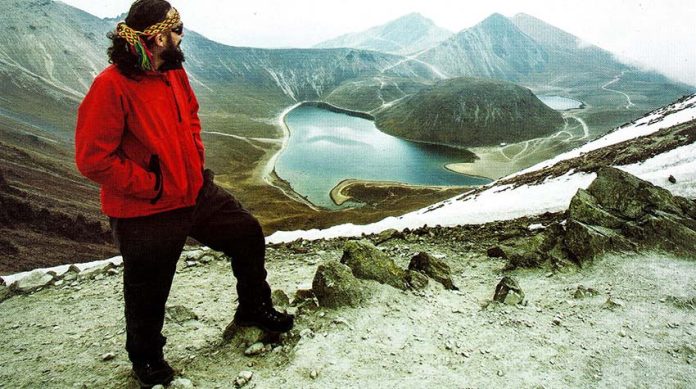“Volcanes de México” is a beautiful book — written in Spanish — introducing the general public to Mexico’s volcanoes.
The result of over 30 years of exploration and research on the part of author Jorge Alberto Neyra Jáuregui, “Volcanes de México” has 184 pages, each presenting color photographs not only of the volcanoes but also of the flora and fauna you will find when you climb them.
The first 30 pages describe the parts of a volcano, the kinds of volcanoes there are in Mexico and everything that comes out of them, from rivers of lava to pyroclastic flows of hot gases and ash traveling at over 100 kph.
Volcanoes are complex, but Neyra’s language is so clear that everyone, including kids, can understand everything. It is so well-written, in fact, that I must post a warning: this book is dangerous! It could easily turn a perfectly normal child into a volcanologist!
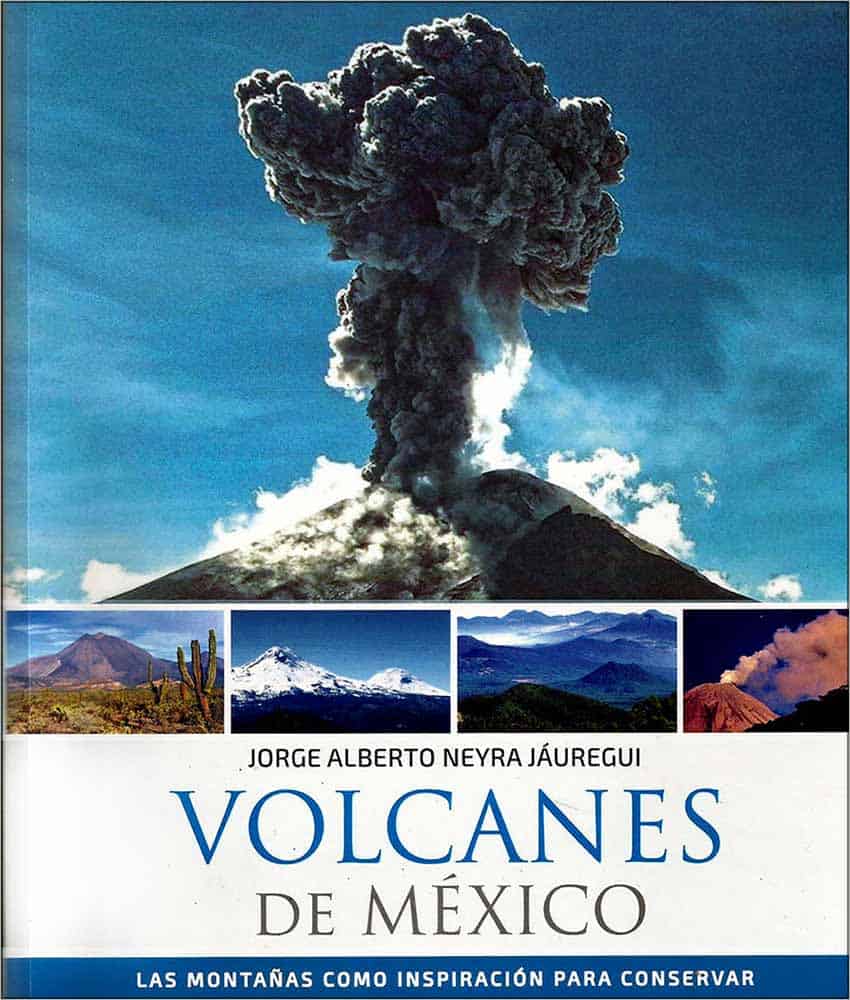
I asked Neyra how many volcanoes there are in Mexico and was quite surprised when he replied that just in the central part of the country, he figured there are over 18,000.
“I haven’t counted them, but I suspect there are actually many more than 18,000,” he said. “I started out visiting the highest ones and then went looking at many others, and of those, I selected 33 for this publication.”
“On the cover of my book,” Neyra went on, “you can see Popocatépetl, our most famous volcano. When I reached the top of it for the first time, I came upon people from all over the world, from the USA, Japan, Europe — all there to climb this Mexican volcano.
“After that, as the years passed by, I discovered the tremendous diversity in Mexico’s volcanoes. There are very different ecosystems. For example, the volcanoes of Baja California in the Sierra de Tres Virgenes are located in an arid zone.”
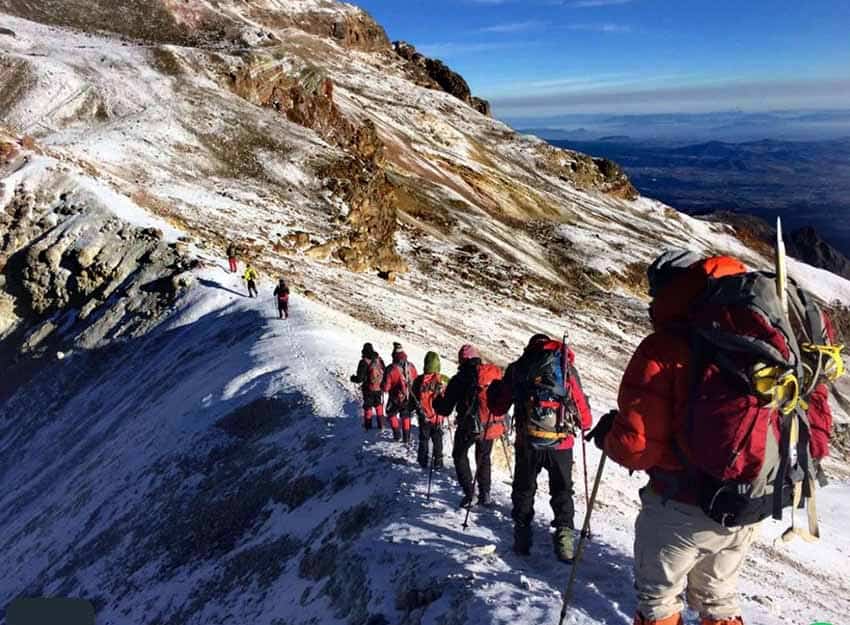
“In Michoacán, there’s an area with relatively short-lived volcanoes, and then, of course, we also have snow-covered volcanoes like Orizaba and Iztaccíhuatl,” Neyra said.
Pico de Orizaba or Citlaltépetl, I knew, is Mexico’s highest peak, at 5,640 meters above sea level, but until I read this book, I didn’t know that it is also the highest volcano in all of North America — and that it is covered with Mexico’s most important glaciers.
Orizaba, it seems, is in no way dead, and when it erupted in 1545, it kept right on erupting for a period of 20 years.
These days, the volcano is under careful watch because it is located right along the border between the states of Puebla and Veracruz, putting around 1 million people in danger in the case of renewed activity.
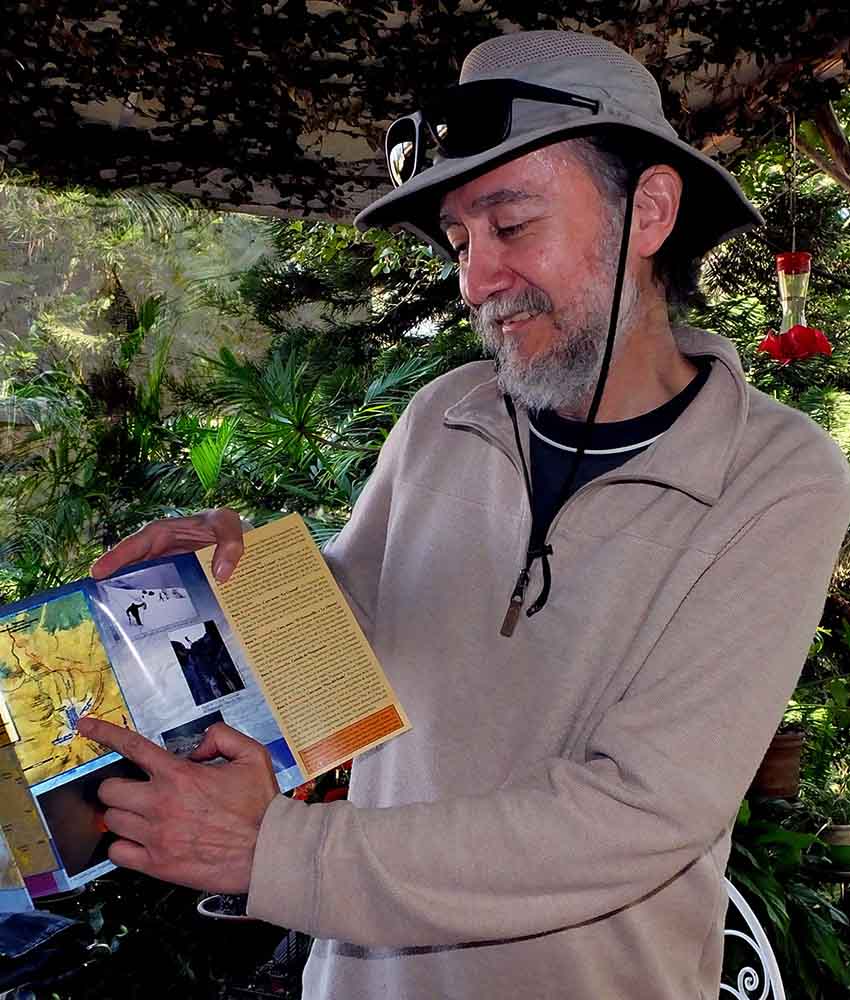
On page 58 of his book, Neyra introduces us to Caldera La Primavera, unusual because it is a depression rather than a peak — a caldera is what is left after a volcano erupts so forcefully that its peaked shape collapses — and because it is situated right next to Mexico’s second biggest city, Guadalajara.
A great explosion took place in this spot 95,000 years ago, sending 40 cubic kilometers of ash and pumice into the air.
“Although its eruption was prehistoric,” Neyra told me, “new publications indicate that 2,000 years ago it was active. This tells us that it’s important to study these volcanoes, that there could be surprises waiting for us.”
Another of Neyra’s favorite volcanoes is El Chichón in Chiapas, one of two active volcanoes in the state. Unfortunately over 2,000 people died when it erupted in 1982 in a Plinian eruption, where a column of ash rose into the sky over 15 km high. It was a massive explosion with pyroclastic waves that moved at supersonic speeds, killing people instantly.
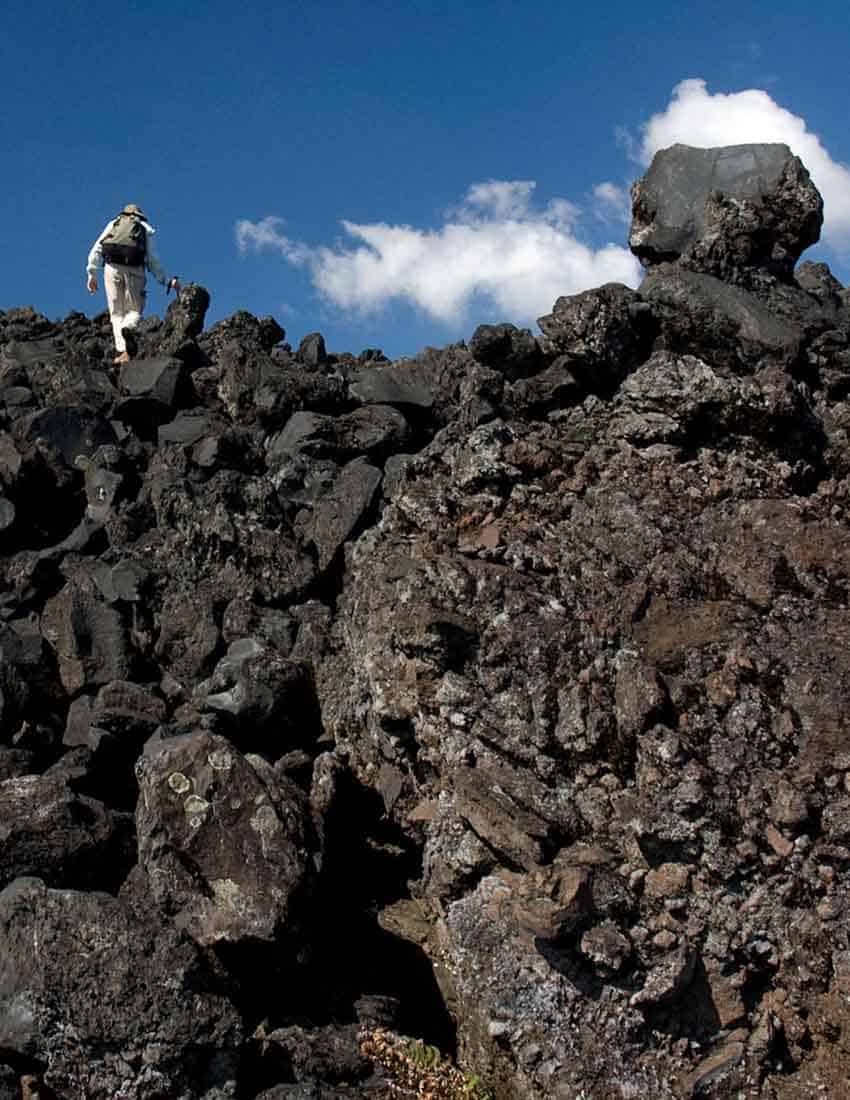
Today, we see very little activity there, but experts are watching it carefully with one or two seismic stations in the area.
“How did you get interested in volcanoes?” I asked Neyra.
“It all began when I was a teenager,” he told me. “I had joined the Astronomical Society of Mexico, and they told us: ‘To see the stars, you need to go to high places.’ Well, my friend Gerardo Muñoz and I took this literally and decided to hitchhike up to the top of El Ajusco, which is the highest point in Mexico City. So El Ajusco was my very first volcano, and years later, I ended up publishing a guide to it.
“From the Pico del Águila at the top of Ajusco, You have a panoramic view of Mexico City, and the first time I saw it, I had to grab hold of a pine tree because the impact of seeing that monster city laid out beneath me really affected me.
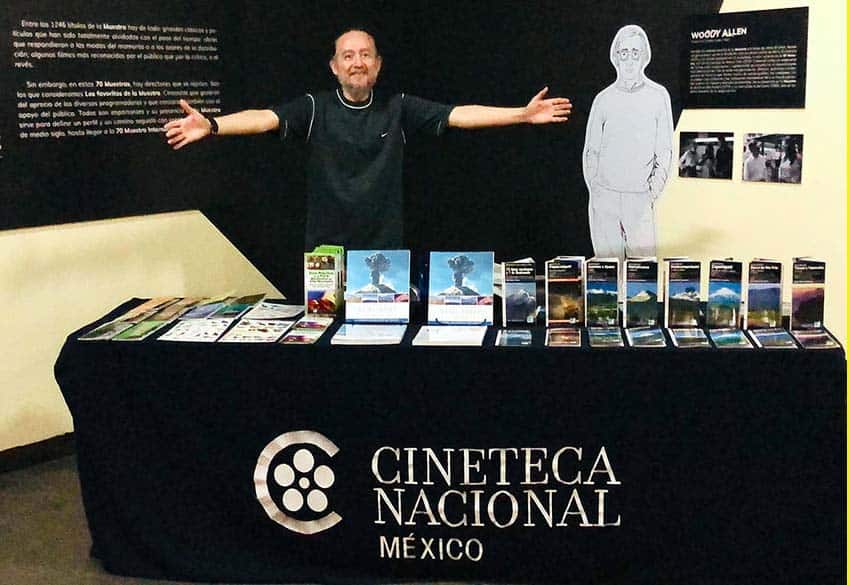
“This was in 1986. A year later, I actually climbed to the very top of Popocatepetl, which was permitted then because it wasn’t as active as it is now.”
His curiosity aroused, Neyra began searching Mexico City’s libraries for information on the natural history of volcanoes in his country.
“But,” he said, “I couldn’t find a thing. So I said to myself, ‘If nothing’s been written, then I’ll write it myself.’ And that’s how my project began. But I never imagined all the complications and ups and downs that would be involved in trying to document so many volcanoes.”
When pressed for an example of the unexpected consequences of volcano hunting, Neyra mentioned an incident in 1990 when he was trapped inside a fissure in the glacier that covers part of Popocatepetl.
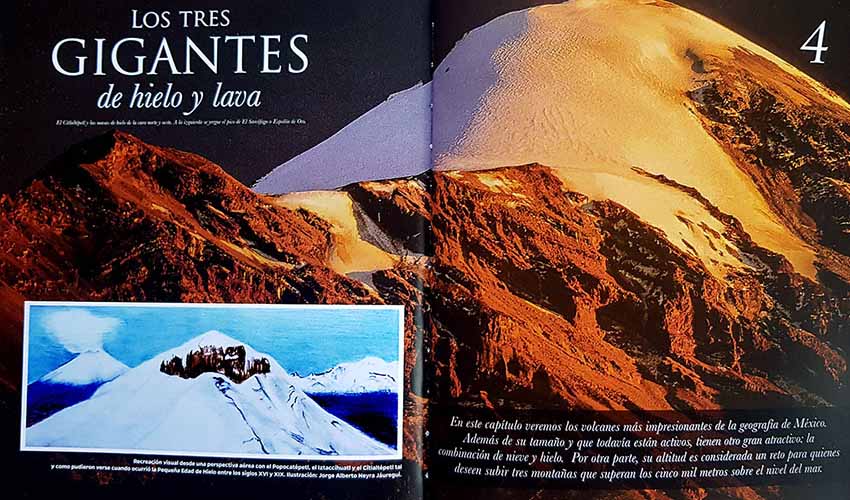
“I ended up hanging from a rope, spinning in the air. I spent the whole night in that crack until the next morning when Gerardo was able to bring rescuers.”
Thanks to the publication of Neyra’s book, we can all learn a great deal about Mexico’s volcanoes without risking our skins. For information on buying his book and his guides to individual volcanoes, call Neyra at 553 884 4306 or email him at [email protected].
The writer has lived near Guadalajara, Jalisco, since 1985. His most recent book is Outdoors in Western Mexico, Volume Three. More of his writing can be found on his blog.
